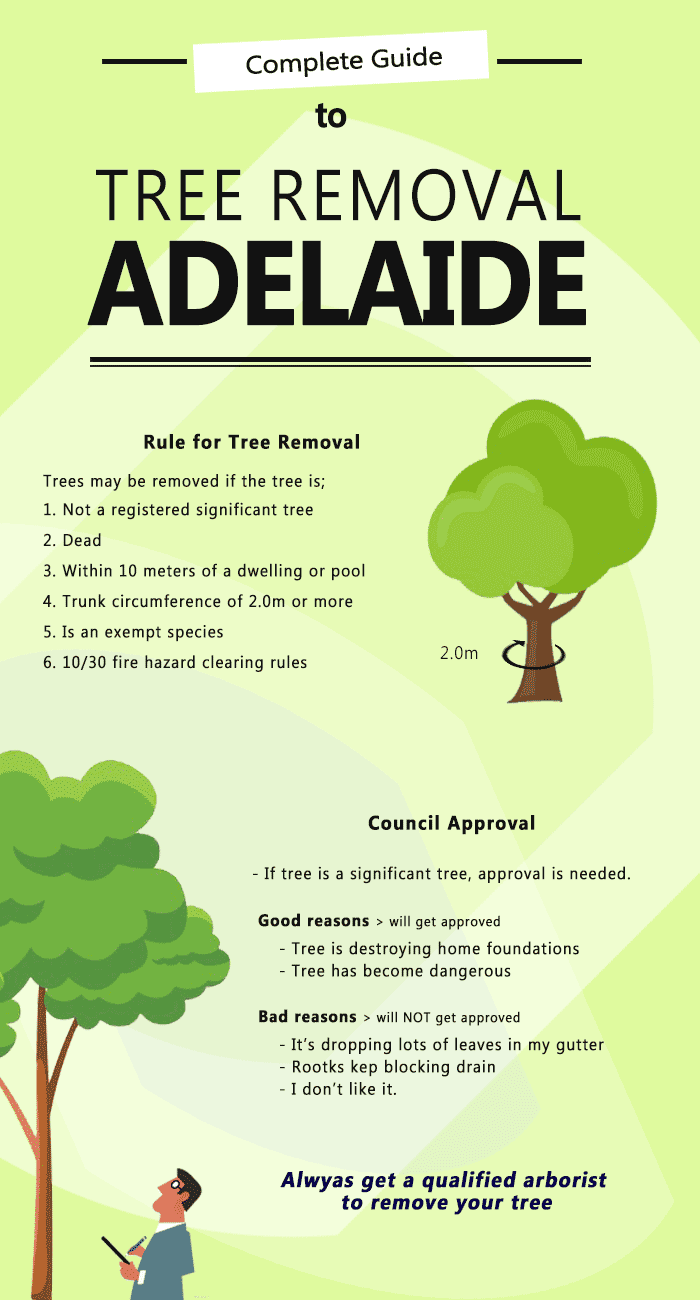Seasonal Tree Administration: Strategies For Looking After Trees Before And After Their Elimination
Seasonal Tree Administration: Strategies For Looking After Trees Before And After Their Elimination
Blog Article
Post Produced By-
When just click the next webpage comes to seasonal tree treatment, ensuring correct monitoring before and after removal can significantly influence the health and wellness and aesthetic appeals of your landscape. By recognizing the needed actions associated with evaluating tree health and wellness and getting ready for elimination, you can proactively protect your residential or commercial property. Yet what regarding the essential methods to follow as soon as the tree is gone? Keep tuned to find the essential post-removal treatment actions that will aid you grow a flourishing and sustainable setting for your trees.
Pre-Removal Tree Treatment
Before dealing with the removal of a tree, it's vital to focus on pre-removal tree treatment. Start by assessing the tree's health and wellness and structural stability. Look for indications of condition, insect infestations, or any structural problems that may position a security risk throughout elimination. It's vital to seek advice from a licensed arborist to establish the very best course of action.
Trimming dead or diseased branches can stop additional damages to the tree and guarantee a smoother removal process.
Furthermore, take into consideration the ecological effect of removing the tree. Trees play a crucial function in our community, so growing a new tree in an appropriate location can assist counter any loss. Ensure that you have the needed licenses and approvals for tree elimination, particularly if the tree is shielded by local regulations.
Seasonal Maintenance Tips
Assessing your tree's needs throughout the year is imperative for its health and long life. To maintain your trees in leading condition, follow these seasonal maintenance pointers.
In springtime, focus on trimming to get rid of dead or broken branches and motivate new development.
Summer season requires regular watering, particularly throughout droughts, to guarantee your tree stays hydrated.
As fall techniques, keep an eye out for very early indicators of illness or stress, and think about using mulch to protect the origins throughout winter season.
In jl tree service , be cautious when removing snow from branches to prevent breakage, and remain to monitor your tree's overall health.
Remember to adjust your treatment regular based on the details needs of your tree types and neighborhood environment. By staying attentive and proactive throughout the seasons, you can assist your trees prosper and prosper for several years ahead.
Post-Removal Tree Treatment
To guarantee the wellness of your landscape even after tree removal, appropriate post-removal treatment is important. After a tree is removed, it's important to load the remaining hole with topsoil and small it to stop settling. This will aid maintain the stability of the ground and prevent prospective hazards in the future.
Consider planting brand-new greenery in place of the gotten rid of tree to restore the balance and appearances of your landscape. Regularly water the area to advertise the growth of new plants and protect against soil disintegration.
Check the surrounding trees for any indicators of condition or anxiety that might have been caused by the eliminated tree. Keep an eye out for pests that may've been attracted to the previous tree and take safety nets to protect the continuing to be plants.
If required, seek advice from an expert arborist to analyze the impact of the removal on the bordering trees and identify any additional care required. By following these post-removal care actions, you can make sure the continued health and wellness and beauty of your landscape.
Verdict
Finally, positive seasonal tree treatment is important for maintaining the health and balance of your landscape. By evaluating tree health, pruning, and seeking advice from an arborist prior to removal, you can make sure a risk-free process. After elimination, loading the hole, growing new plants, and normal watering will promote brand-new growth and stop disintegration. Keep in mind to check bordering trees for disease and look for further treatment steps from an arborist to keep your landscape flourishing.
